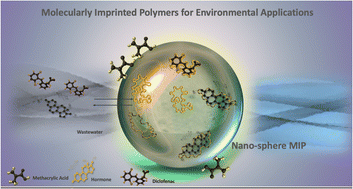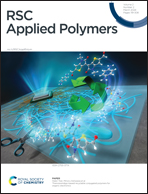Application of molecularly imprinted polymers (MIPs) as environmental separation tools
Abstract
Suitable sorbents are required for the effective enhancement of sample extraction. Molecular imprinted polymers (MIPs) and related techniques can be utilized to create sorbents that possess specialized binding capabilities for target analytes, exhibiting high selectivity, and other unique attributes such as thermochemical stability, reusability, and sensitivity, thus aligning with the principles of green chemistry. These attributes can be customized; hence sample preparation can be carried out using a variety of methods and can be applied to a broad spectrum of samples, including environmental, biological, and food samples. Numerous techniques have emerged for the production of MIPs, that have their individual advantages and disadvantages. This review places particular emphasis on the interactions between primary functional groups and monomers and how these functional groups impact MIP performance. Additionally, we offer insights into how functional groups can significantly enhance the imprinting effect, resulting in a markedly increased imprinting factor and specific rebinding capacity. This work initially discusses the headway made in synthesis approaches and the applications of MIPs over the past five years. Then, provide a comprehensive overview of the common challenges encountered and the environmental applications of MIPs. The significance of the availability of various polymerization mechanisms and use of diverse functional molecules and cross-linkers is emphasized.

- This article is part of the themed collections: Sustainable Development Goal 12: Responsible Production and Consumption and Recent Review Articles


 Please wait while we load your content...
Please wait while we load your content...